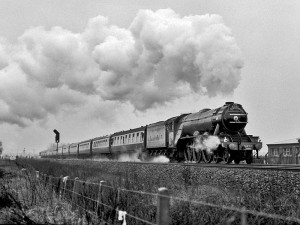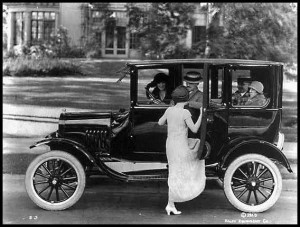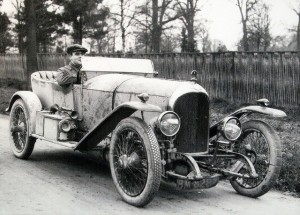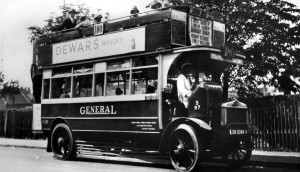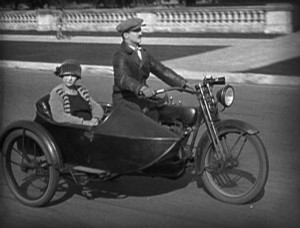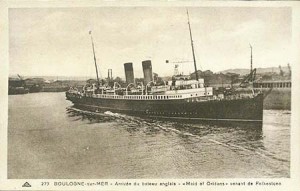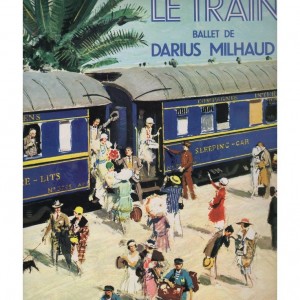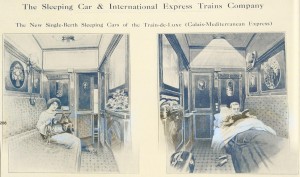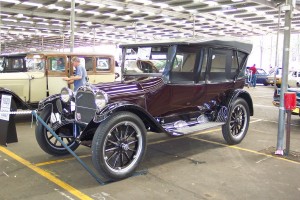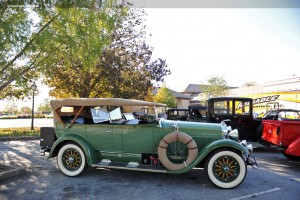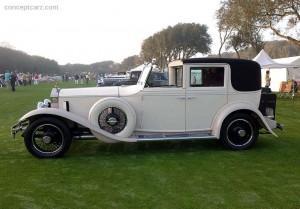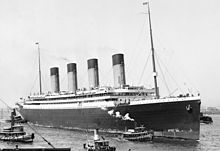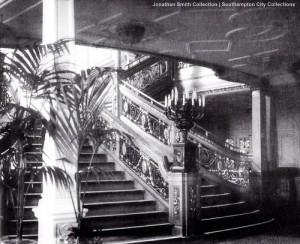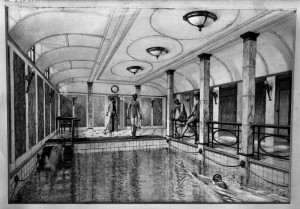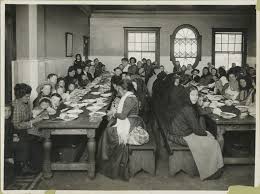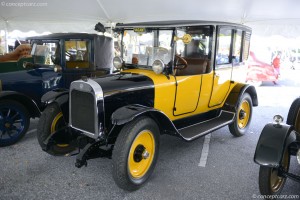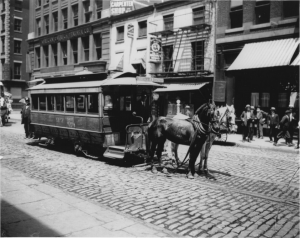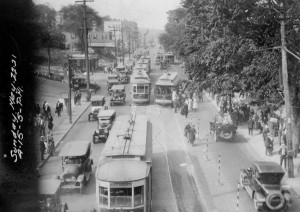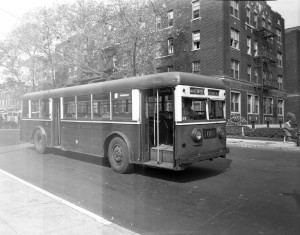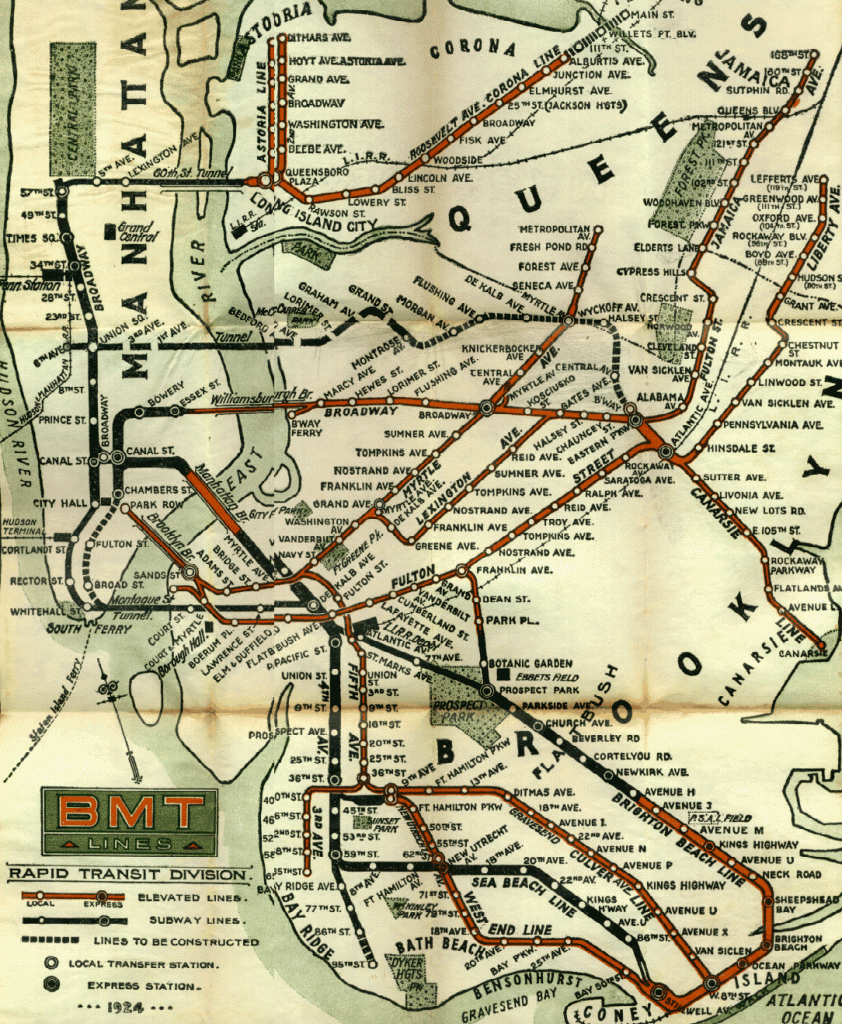Journeys, vehicles and modes of transport play a huge role in the Poppy Denby books. Poppy does not drive so is dependent upon lifts from friends or public transport. I spend a lot of time researching which vehicles and routes she might use, making sure they were currently in use at the time. Here are some of the trains, boats and automobiles you might come across in a Poppy Denby book.
The Flying Scotsman
When Poppy arrives at King’s Cross station at the beginning of The Jazz Files, in the summer of 1920, she steps off the famous Flying Scotsman, which at the time was the fastest train in the world. She would have caught a local commuter train from Morpeth to Newcastle, then got on the Scotsman from Edinburgh, to travel down to London. The trip would have taken her around 5.5 hours (It was 8 hours from Edinburgh to London). Which isn’t half bad, as trips to London from Newcastle these days take me on average 3.5 hours. The Scotsman has been refurbished and you can still ride on this iconic locomotive.
The Model T Ford
In The Jazz Files, Grace Wilson drives a Model T when she takes Dot and Poppy to confront the chauvinist manager of the stationery shop. A Model T is also owned by The Daily Globe and is driven by Daniel in The Kill Fee; and in The Death Beat, Ike Garfield drives Poppy and Rollo to Southampton in it. Delilah also borrows a Model T from her boyfriend Adam in The Jazz Files to take Poppy to visit Willowpark Asylum, and Adam himself drives it in The Kill Fee.
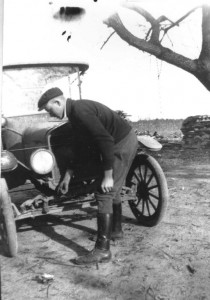 The Model T was the Ford Fiesta of its day. It was an entry-level budget vehicle, only available in black. By 1920 the Model T – with its crank start – was getting a bit long in the tooth and was soon to be replaced by more efficient models that started with an ignition key. But in 1920 people like Delilah could still be seen cranking their old motors. (Well all right, not quite like Delilah).
The Model T was the Ford Fiesta of its day. It was an entry-level budget vehicle, only available in black. By 1920 the Model T – with its crank start – was getting a bit long in the tooth and was soon to be replaced by more efficient models that started with an ignition key. But in 1920 people like Delilah could still be seen cranking their old motors. (Well all right, not quite like Delilah).
The Bentley EXP1
Higher up the social scale, the dastardly Viscount Alfie Dorchester drives a silver 1919 Bentley. The Bentley was the racing car of the British aristocracy in the 1920s who raced it at Le Mans and showed off in it back home. I shan’t tell you what he does with the Bentley in The Jazz Files, just in case you haven’t read it yet, but like him, it is dastardly.
Double-decker bus
Poppy’s main mode of transport around London is the double-decker bus. In the early 1920s the top floor was still open-air, and it wasn’t until 1925 that buses were built with top-floor roofs. In London there were official buses run by the London Omnibus Company, but also hundreds of rogue buses – driven by private entrepreneurs – known as the Pirate Buses. These were gradually phased out with the 1924 London and Home Counties Traffic Act.
Motorbike with sidecar
Apart from the Model T Ford, The Daily Globe also owns a motorbike and sidecar, like this 1918 Harley-Davidson. Daniel takes Poppy to Windsor in it to interview Melvyn Dorchester in The Jazz Files, and he and Rollo arrive in/on it – with Rollo photographing the scene from the sidecar – at the big showdown in Slough.
The Ferry to Calais
Poppy’s trip to Paris starts in Dover when she catches the night ferry to Calais. The trip would only have taken about 4 hours, weather depending, but nonetheless first and second class passengers could hire a small cabin, and there was a restaurant and bar on board. Third class passengers would just have sat in the communal seating area. Cars were hoisted on board via crane. In The Jazz Files she travels on the fictional Fleur-de-lis, but it would have been very much like the real TS Maid of Orleans (above) that was owned by Southern Railway, and sailed the Dover to Calais Route between 1919 – 1925. Mahatma Gandhi was one of its most famous passengers (third class).
The Blue Train / Le Train Bleu
In Calais Poppy catches The Blue Train (Le Train Bleu) to Paris. The journey takes seven hours. She did originally have her own private cabin, but (and no spoilers as to why) she decides it’s safer to give up her cabin for the night and join a group of tourists for a game of bridge. But if she had been in the cabin it would have looked like the picture below. The interior upholstery of Le Train Bleu was as blue as the exterior.
The 1920 Chrysler / Dodge
Readers of The Kill Fee will recall the car chase through the streets of Kensington in the middle of the night. Without giving away any spoilers as to whodunnit, the maroon car (left) is similar to the one which Poppy is thrust into when she is abducted. This is a 1920 Dodge Brother Tourer. Chrysler and Dodge amalgamated in 1920.
The 1920 Lincoln Model L
Poppy and her abductor are pursued at top speed by Marjorie Reynolds, driving a cream Jaguar. However, I have a confession to make. The car was meant to be a Lincoln! Jaguar was only formed in 1922 as a motorbike and sidecar company, and only brought out its first car in 1928. So ‘Jaguar’ is a typo in the text and was meant to be ‘Lincoln’ like the 1920 Model L, above. Don’t say I never fess up to my mistakes. Then in book 3, The Death Beat, Miles Spencer drives Poppy and Delilah out to a party at Lake Ronkonkoma in a 1920 Lincoln (no mistake this time), driving at an incredible 70 miles an hour and breaking the 50 mile an hour speed limit on Long Island.
The 1921 Rolls Royce Silver Ghost
By book three in the series, The Death Beat, Aunt Dot has treated herself to an upgrade from Grace’s old Model T to a brand spanking new Rolls Royce Silver Ghost (which she has had painted bright yellow, shamelessly clashing with her fuschia travelling coat and hat.) A 1921 Silver Ghost was sold at auction in 2007 for $511,500.
The RMS Olympic Oceanliner
The RMS Olympic, sister ship of the ill-fated Titanic and Britannic, had her maiden voyage in 1911. In The Death Beat, Poppy, Rollo, Delilah, Aunt Dot and Miss King travel on the luxury liner to New York in the spring of 1921. The voyage takes 5 days. Below are pictures of the staircase down which Delilah and Poppy make their grand entrance the first night on board, one of the indoor swimming pool where the girls meet Toby and Miles Spencer, and a third of the steerage class dining room where Mimi and Estie Yazierska eat their meals. To view a 10-minute film, with original footage of life on board the Olympic in the early 1920s, visit the Poppy Denby locations page here.
The New York Yellow Cab
When the gang arrives in New York, Rollo splashes out to pay for a pair of taxis to take them from the ferry port at Battery Bay, on the south tip of Manhattan, all the way up to his 87th Street townhouse The famous New York Yellow Cab Company was very much up and running in 1921. This photograph is of a 1923 model, but not much would have changed from two years previously.
New York Trolley Cars / trams / buses
Rollo is a bit short of cash in New York and can’t afford to pay for taxis every time. He, Poppy and Delilah catch the trolley car downtown, running down the East Side of Central Park. In 1921 some trolley cars were still horse drawn. They also catch trams (below), and Poppy visits the Garment District on a bus.
The Subway
Readers of The Jazz Files will remember that Poppy doesn’t like travelling via the Underground in London as she is claustrophobic. However, in New York, the underground stations are better ventilated and Poppy faces her fears. The map below is from 1924, but the black route running through Manhattan, down Broadway, was the same one Poppy would have taken in 1921, starting at the 5th Avenue Station at the south east corner of Central Park.

